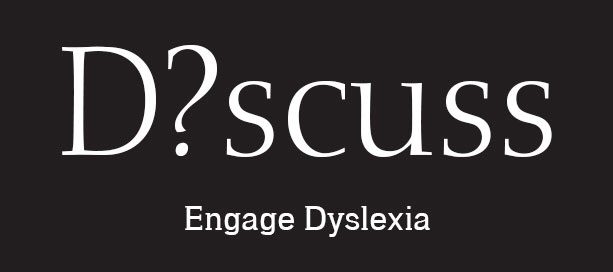Part 4
As many students, parents, and teachers have come to realize, the education tools that have been developed by Google are highly beneficial.
In particular, the combination of Chromebooks and Google Apps for Education provides a low-cost option for students to work individually and collaboratively on school assignments. In addition, the development of assistive technology (AT) for Chrome and Google Apps has allowed those tools to follow the principals of Universal Design for Learning (UDL). They help all students, including those with dyslexia.
The first article in this series looked at the basics of Chrome and how students with dyslexia can successfully use Google’s web browser. The second part detailed specific AT-related Chrome Extensions. Part Three described Chrome apps that can assist with reading and writing. This final article of the series will explore various add-ons that can be used within Google Docs to help dyslexic students with the challenges of writing and understanding academic documents.
What Are Google Docs Add-ons?
Add-ons are additional functions that individuals can choose to augment their Google Docs app. For students with dyslexia, they include dictation, annotation, and graphic organizing tools, as well as an advanced spell checker and a citation creator for research reports. Unlike Chrome Extensions and Chrome Apps, they work exclusively within Google Docs and are usually not dependent on the Chrome browser. In other words, many of the add-ons can work with Google Docs if students are using other browsers (on non-Chromebook computers), like Firefox or Safari. Once inside a document, students can access add-on tools by clicking from a drop-down menu called “Add-ons" in the toolbar.
Speech Recognition
The Speech Recognition add-on provides dictation technology for students who have difficulty with correct spelling. While composing a document, students can combine typing and dictation, and they can use the add-on for help with entire sentences or just individual words that they cannot spell. Currently, the Speech Recognition tool does not recognize dictated punctuation marks and does not automatically capitalize the first words of sentences, so those need to be typed with a keyboard.
Texthelp Study Skills
From the makers of the Read&Write family of AT tools, the Texthelp Study Skills add-on is a collection of highlighting tools that can be used to annotate Google Docs. Students can use virtual highlighter markers in four different colors to identify key pieces of information and then export those highlights to a separate document that contains a citation and link to the original document.
MindMeister
Students who think well visually can utilize the MindMeister add-on to convert linear outlines to graphic organizers. Google Docs contains several list-making options, which can help students organize their ideas in formal outlines. Once lists are created, MindMeister will automatically convert them to mind maps and insert the visual representations into the documents.
VeritySpell
Students with dyslexia often need advanced editing tools to proofread and revise their writing, especially when they confuse close-sounding words and homonyms. The VeritySpell add-on can provide that extra editing help by checking for confusable words, correct spacing and punctuation, and correct grammar. Example usage sentences are provided to help students choose the right correction during editing.
EasyBib Bibliography Creator
When writing research reports, students find one of the most difficult things, regardless of language ability, is to create correctly formatted citations for their sources. The EasyBib Bibliography Creator is an add-on for Google Docs that can lessen the frustration of creating a works cited list. Once the EasyBib tool is open, students can enter the ISBN number of a book, the DOI for a journal article, or the URL address for a website. EasyBib then locates information about particular sources and automatically creates citations in MLA, APA, and Chicago formats. With one click, students can add the citations to a Works Cited list in a Google Doc.
Like Chrome extensions and apps, Google Docs add-ons provide useful and often necessary accommodations to students with dyslexia. The developers of the tools described in this series of articles have taken advantage of Google’s popularity in education. They are providing important assistive technology that allows dyslexic students to be on equal footing with their classmates. For kids who have difficulty reading and writing, that’s all they ask.
https://www.noodle.com/articles/5-free-google-doc-add-ons-that-help-students-with-dyslexia

